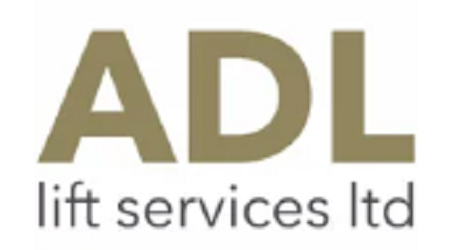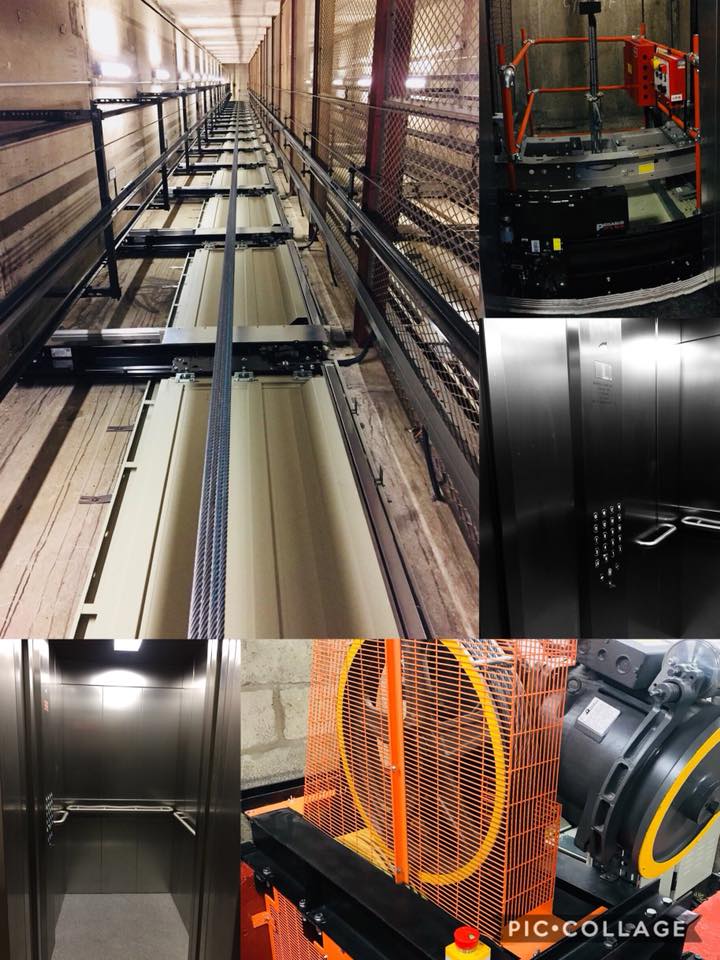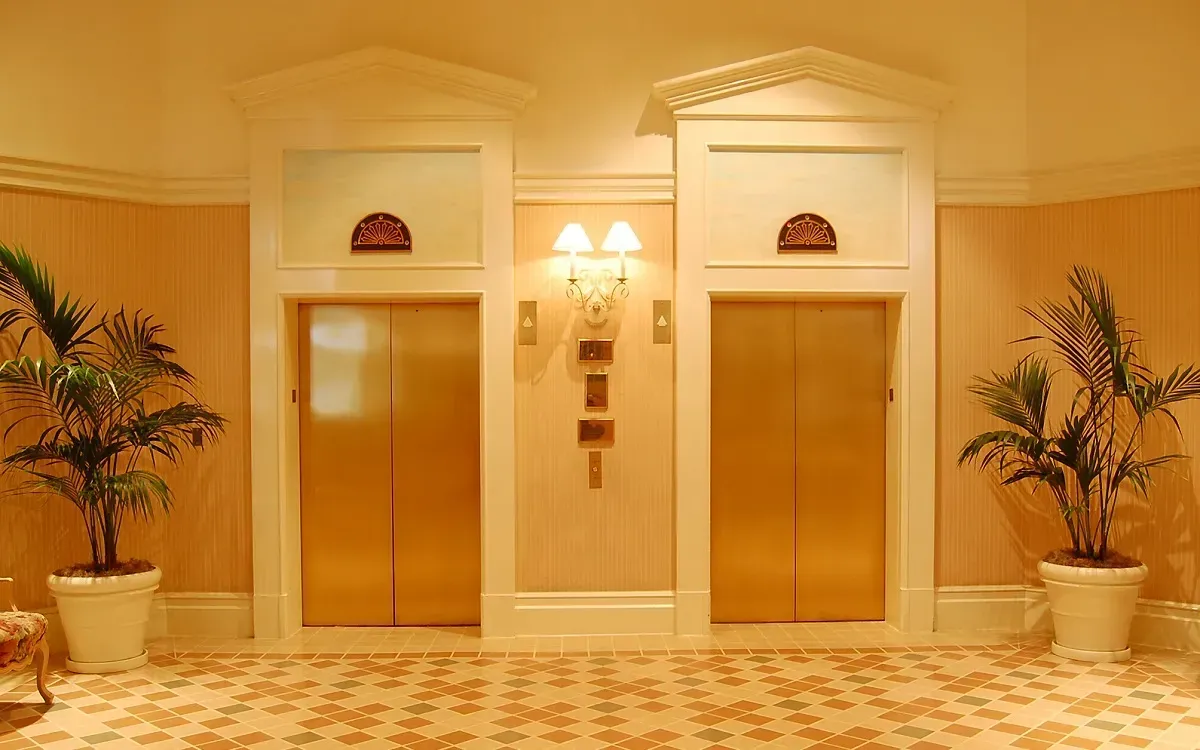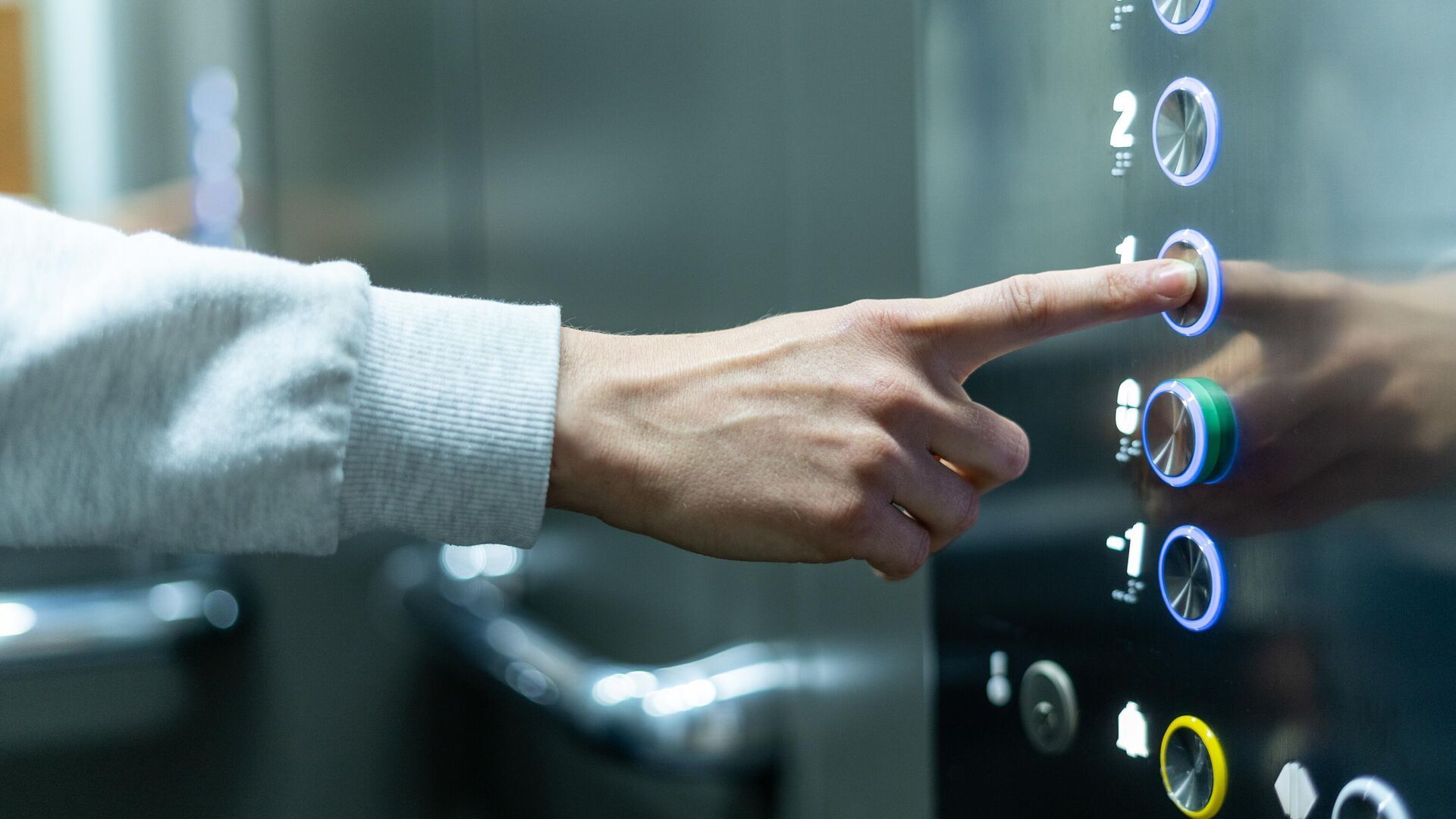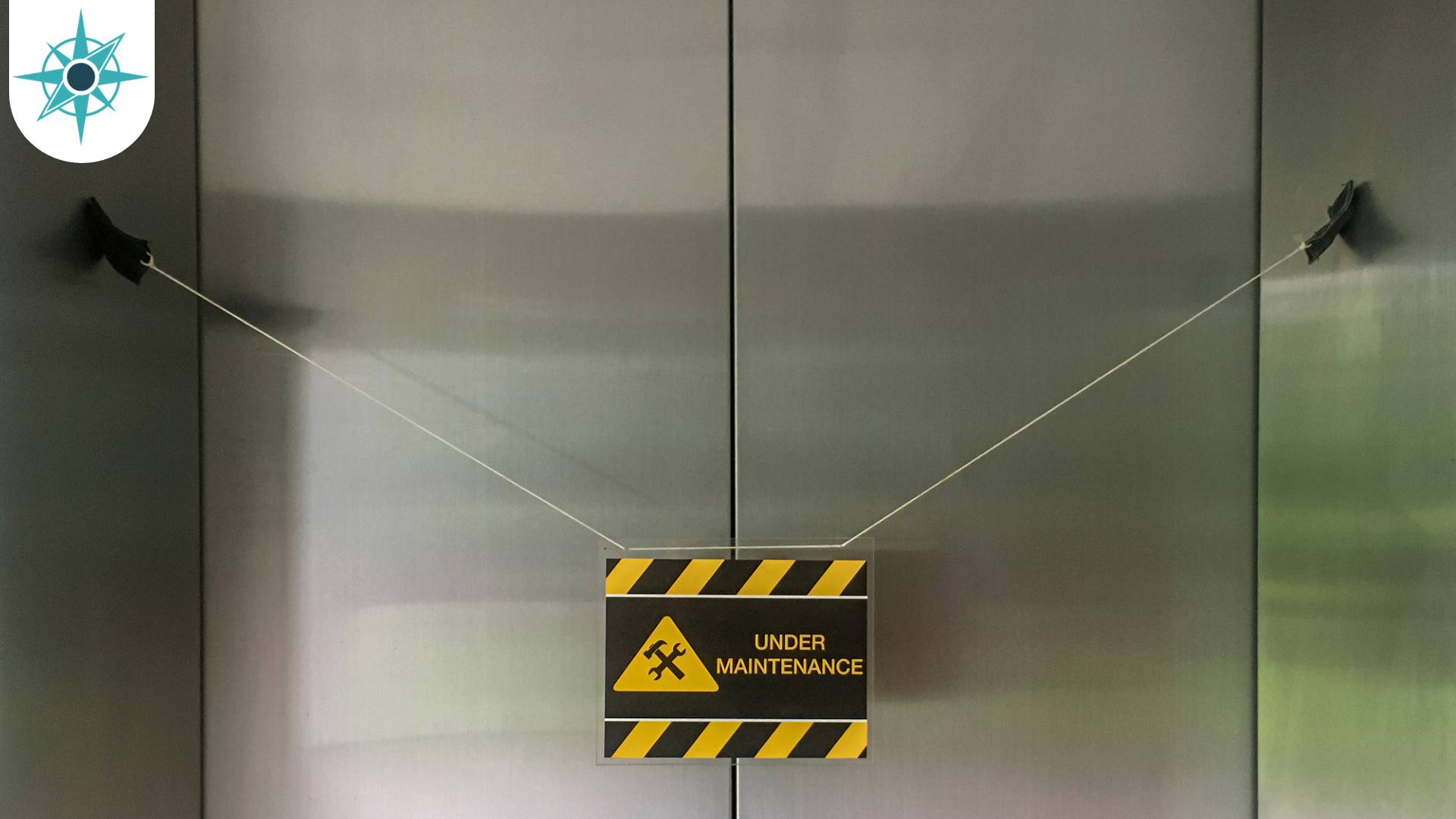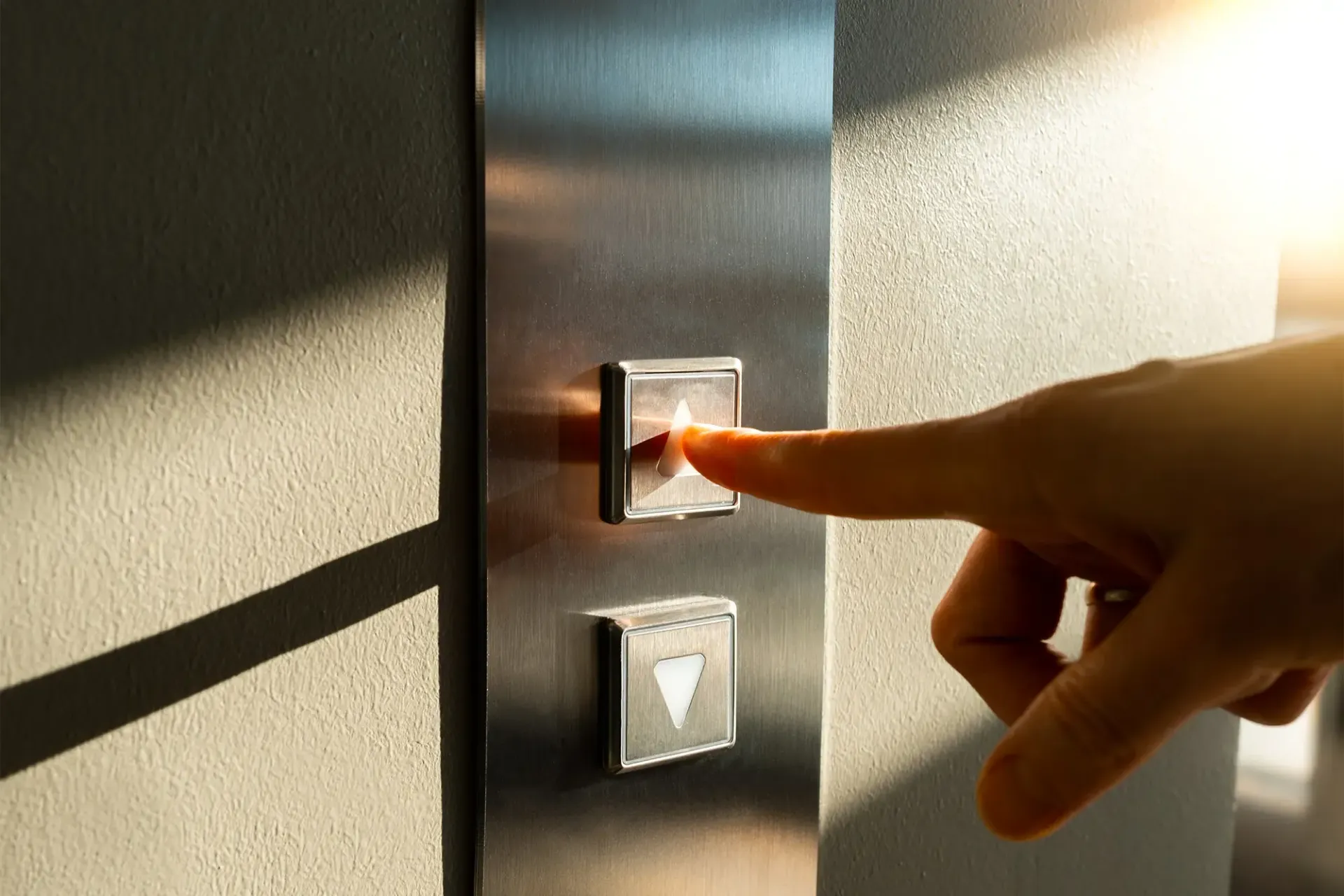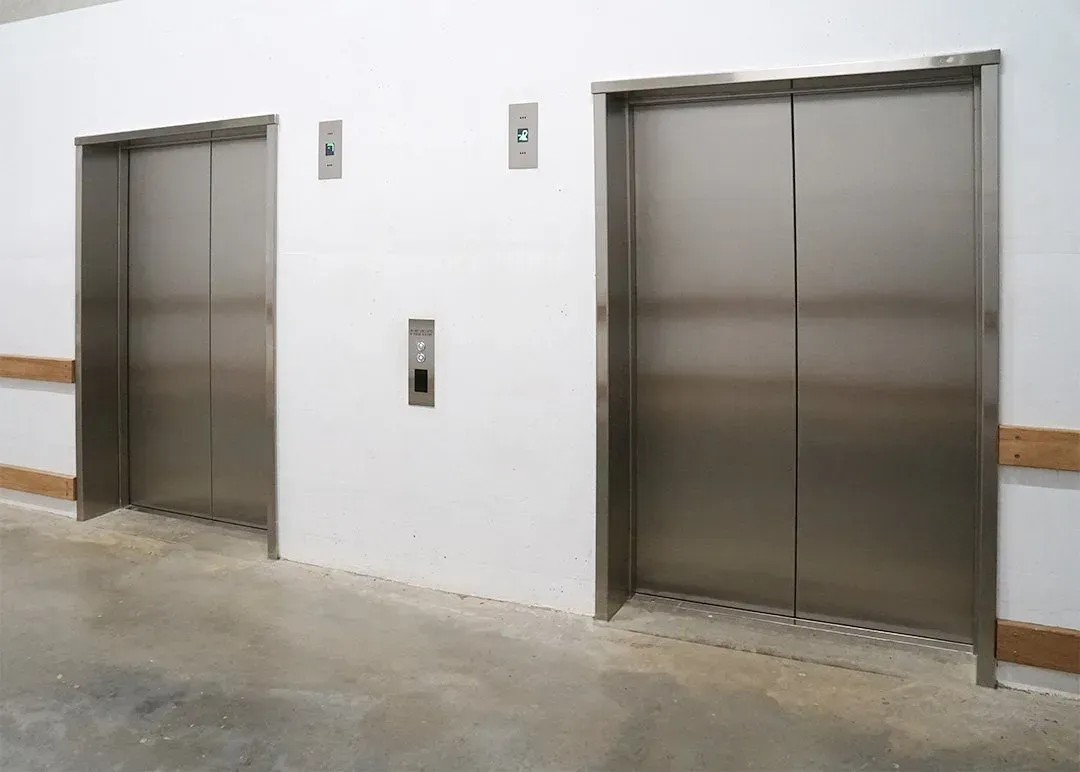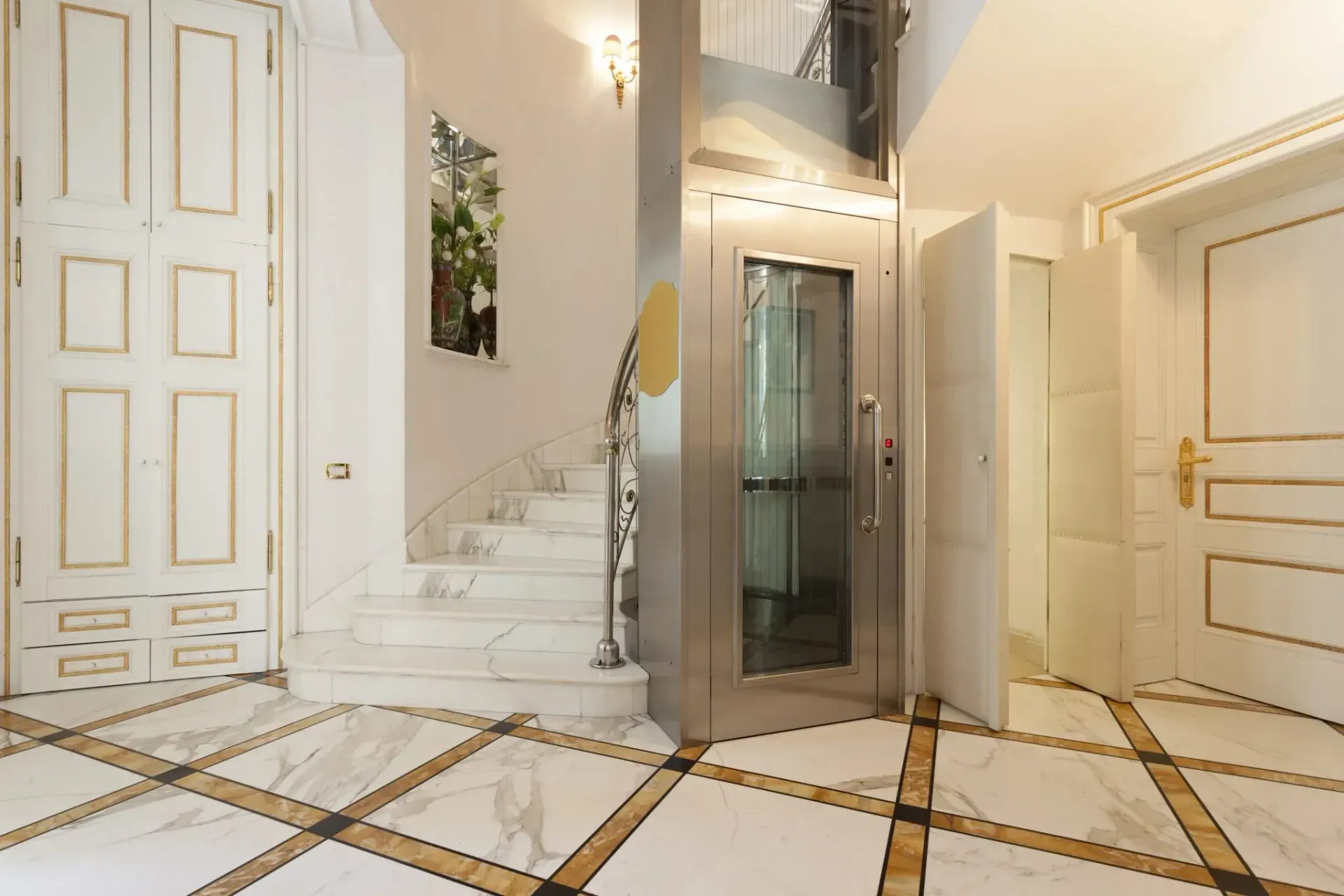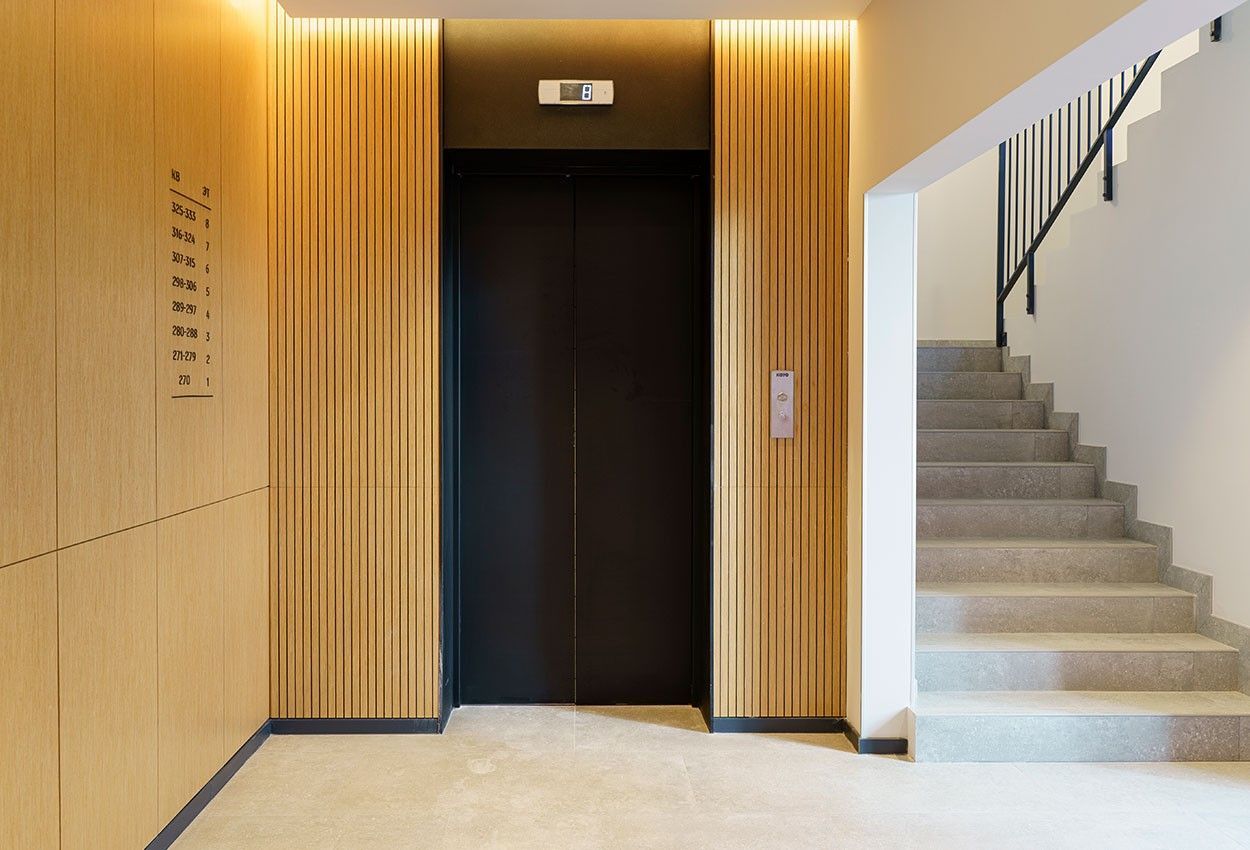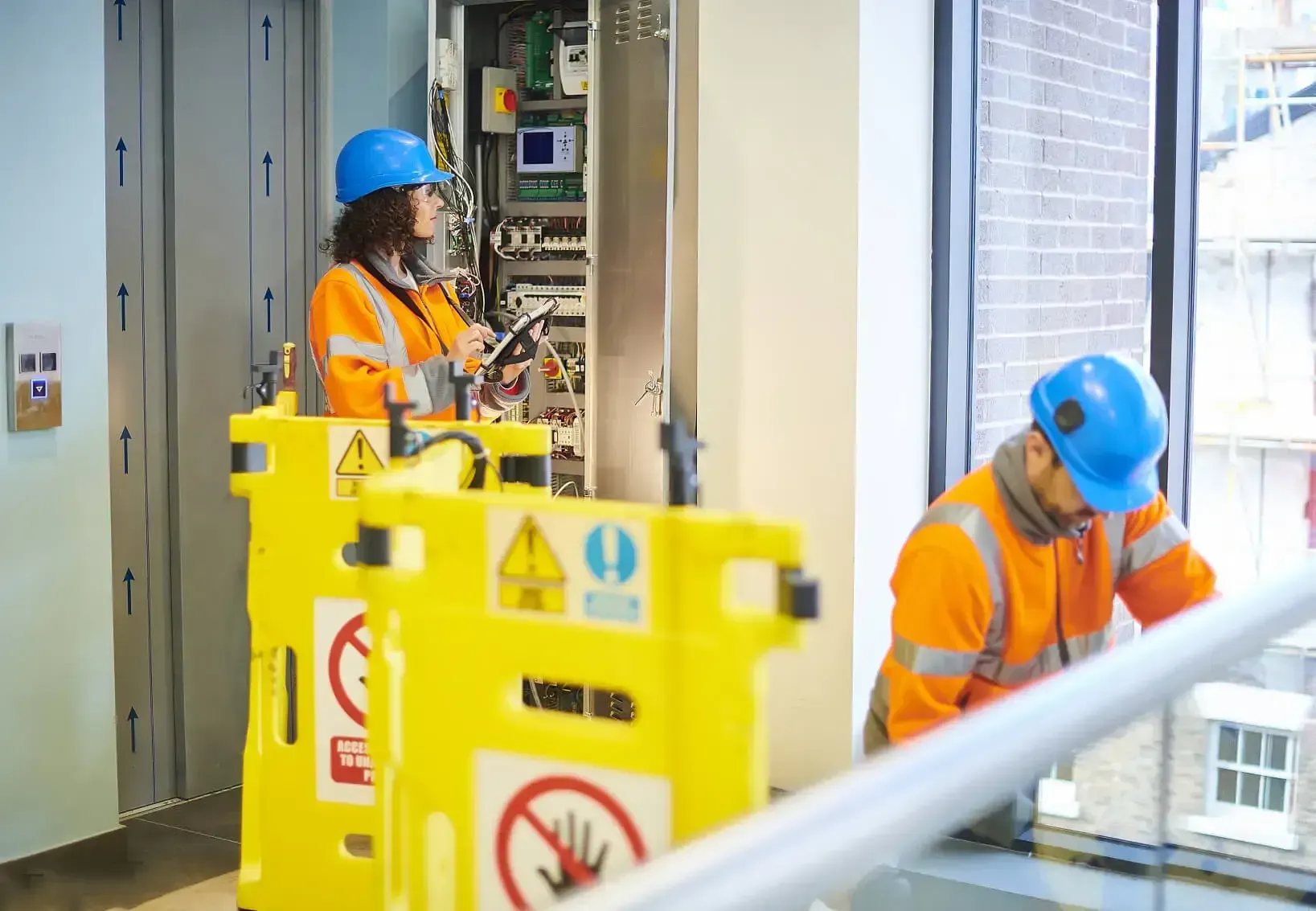Explaining Elevator Components
From commercial elevators to industrial ones, every lift is made up of several different components, each with a unique function, to provide movement and safety in equal measure. Here, we take a closer look at the most important components of an elevator system, highlighting their specific purpose.
Electric Motor and Drive Unit
Responsible for shifting the electrical power into mechanical power and run by a standard AC/DC motor, the electric motor is designed to drive traction cables, counterweighting the hoist system to offer a smooth, silky, uninterrupted ride.
Elevator Rails
The vertical up-and-down drive system of an elevator is only made possible by the elevator rails. The elevator rail, often referred to as the ‘guide rail’, allows for the safe and stable movement of the lift cabin and its counterweight when in motion.
Cabin
The central component of any lift or elevator system, the lift cabin is the open space in which goods or passengers occupy when in transit.
Speed Governors
A vital component of an elevator or lift system, the speed governor is the regulating system that controls the velocity of the cabin. If for any reason, the elevator begins to surpass the designated speed limit, the speed governor will kick in and reduce the speed accordingly.
Elevator Shaft and Buffers
The elevator shaft is the space in which the cabin moves up and down when in operation. The size and shape of your elevator shaft will vary, depending on the size and shape of the lift cabin. For instance, elevator shafts are much smaller for passenger carriages but will be much larger for those responsible for carrying heavy goods in factories or warehouses.
At the bottom of every elevator shaft, however, is a buffer. A buffer is designed to protect passengers or goods in transit, providing an emergency stop that can halt the descending car through accumulating or dissipating the kinetic energy of the lift car.
Doors
Every elevator needs a set of doors. The priority entry and exit point for the lift cabin, elevator doors come in two different variations:
● Manual Doors: Common among industrial elevators, manual doors require an individual to open the doors by hand.
● Automatic Doors: Most elevators are fitted with automatic doors as standard, and are found in supermarkets, hotels and car parks etc.
Safety Device
A vitally important mechanical device attached to the elevator, the safety device is crucial in providing protection for passengers and goods in transit. In case of emergency, or if the lift has surpassed its maximum speed limit, the safety device helps maintain a safe and secure ride.
At
ADL Lift Services, we understand the importance of personalised service and the right lifts for your needs. Our team of lift manufacturers in Scotland provide some of the very best services across the country, with expert knowledge, years of experience and unbeatable customer service. If you’re stuck with a problem with your lifts, we have a solution to help.
Contact us today!
